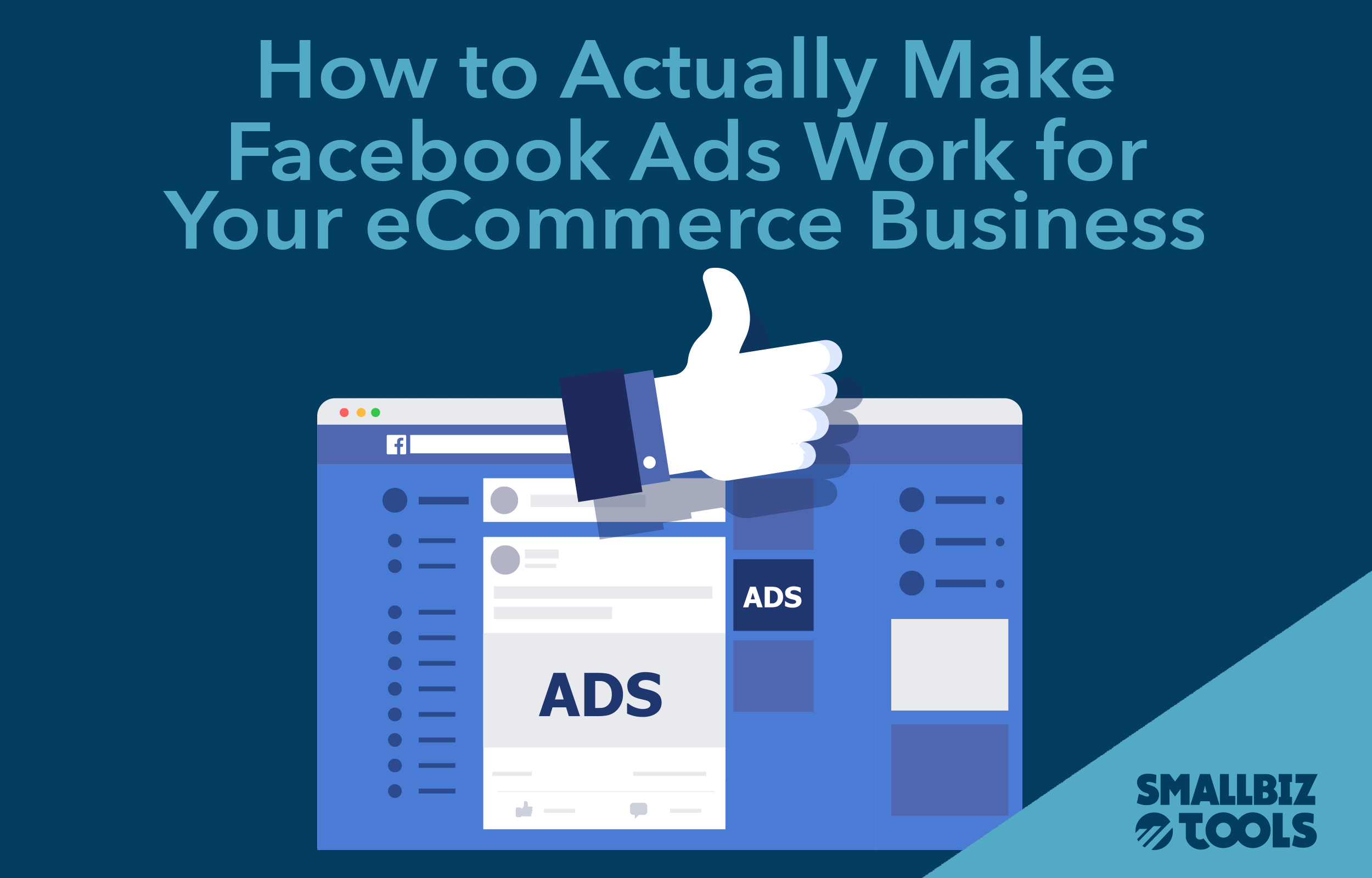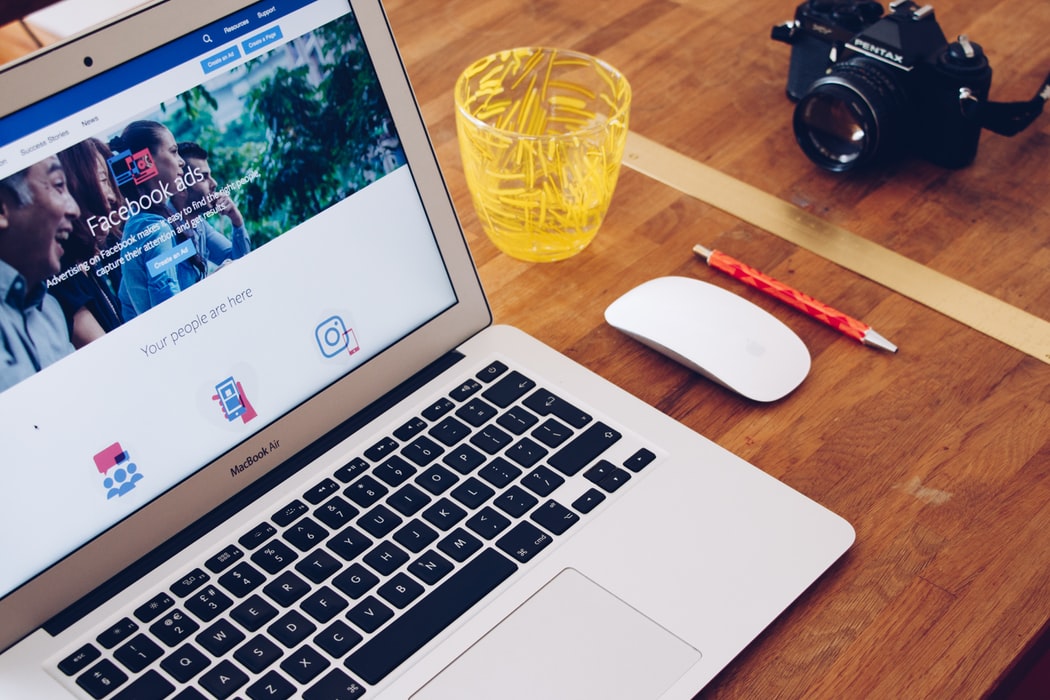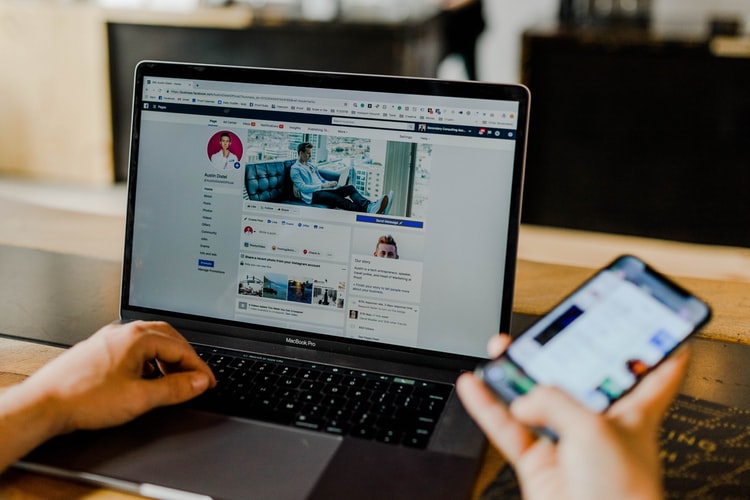LAST UPDATED ON October 21, 2020
How to Actually Make Facebook Ads Work for Your eCommerce Business
So, you have an eCommerce store. You spent thousands building a website, fine-tuned your branding, created customer avatars...

So, you have an eCommerce store. You spent thousands building a website, fine-tuned your branding, created customer avatars and have manufacturing and distribution sorted and ready for when sales take off. But, that’s just it. Your company doesn’t have a consistent influx of sales.
That’s when you explored organic methods of garnering website traffic. You relentlessly posted on Facebook, Instagram and Pinterest. You reached out to blogs and even played with SEO. Maybe you tried Google Ads or influencer marketing. But, you got tired of Google Ads’ increasing costs and the amount of time it takes to ensure influencers post what you agreed upon.
So, you looked at other alternatives and heard about people’s success with Facebook Ads. Run Facebook Ads, they said. It’ll be fun, they said. You tried running Facebook Ads yourself, but the platform was confusing and you didn’t even get any positive ROAS from your efforts. Not to mention, it took tons of time to set-up.
Here’s the deal, though. Facebook Ads work and there’s a simple process to achieve success. I’m going to lay the exact process we used to generate $236,782.12 with only $24,738.21 in adspend. It all boils down to nurturing customers with a Facebook Ads funnel.
While each step of the funnel can work independently, it’s more effective to have a cohesive strategy that allows you to target customers as they progress through your funnel. The way we structure eCommerce campaigns for all of our clients is by looking at their stage in the customer journey. Based on this, we create ad copy and curate content based on their stage. In our funnels, we have three distinct steps:
- Top of Funnel (TOF)
- Middle of Funnel (MOF)
- Bottom of Funnel (BOF)
As soon as we get someone to purchase through our funnel, we want them back. This stage of the funnel is called Beyond the Funnel (BTF). Below, we’ll explain what each step is, who falls into each step and how to create audiences.





